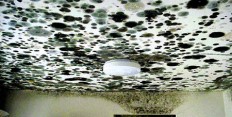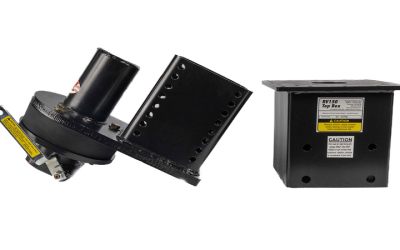Metalworking involves many processes, of which one of the most important is steel rolling. Though there are many types of steel rolling, all processes work in basically the same way, placing metal between two rollers, which compress many layers of steel together until the desired level of thickness is achieved. Rolled steel plate can then be cut and welded together for a variety of purposes, including wood furnaces, ship hulls, and structural steel, which forms building girders and reinforcing plates.
The metal rolling process has been employed since the 1590’s, but advanced scientific knowledge and modern technology have combined to create the different types of metal rolling that result in durable, easy to weld rolled steel plate. There are two main rolling techniques used to create rolled steel plate. Hot rolling occurs at high temperatures above the recrystallization temperature, the temperature at which grains of a material are entirely replaced by new grains. During the process, steel is either heated and then placed between the rollers or heated as it passes between them. Though hot rolled steel plates are less expensive than other types, they are also less flexible and, therefore, not suited for all purposes. They are most often used for sheet metal and immobile cross sections like railroad tracks. The cold rolling process occurs below the recrystallization temperature, increasing the strength of the material. However, the resulting rolled steel plate cannot be made as flat as that made during the hot rolling process, and it is often used to make rods, bars, and thicker rolled steel plates. Visit Rangersteel.com for more information.
A less common technique is flat rolling, in which steel is pressed between two rollers moving in opposite directions. The friction flattens and lengthens the metal, resulting in a either a sheet or a rolled steel plate, both very thin. There are also several other smaller scale rolling processes, mainly used to bend and shape rolled steel plate. Roll bending uses three rolls to turn a steel rod into an arc. Roll forming passes a piece of sheet metal through several successive sets of rolls. This process is most often used to create large parts or parts in bulk. In the process of ring rolling, a steel ring is placed between two rollers which simultaneously flatten the metal and expand the diameter of the ring. The resulting rings can be very large – up to a 26 foot diameter – and are used in rockets, planes, and turbines, among other things. Structural shape rolling passes metal, usually structural steel, through rollers that bend the material to create certain shapes. These shapes include H-beams, T-beams, I-beams, railroad rails, and channels, among others. The final type of steel rolling is controlled rolling, which uses high heat to recrystallize the metal in such a way that no further heat treatment is needed. One of the main benefits of this treatment is its energy efficiency. Each of these techniques uses durable rolled steel plate to create pieces that can be used to build all manner of tools, machinery, and architectural structures.
Ranger Steel has supplied North America’s rolled steel plate needs for more than 50 years. Quality products, competitive pricing, and on-time delivery are hallmarks of the way Ranger Steel does business. Call Ranger Steel today at 800-231-5014 or visit us online at


